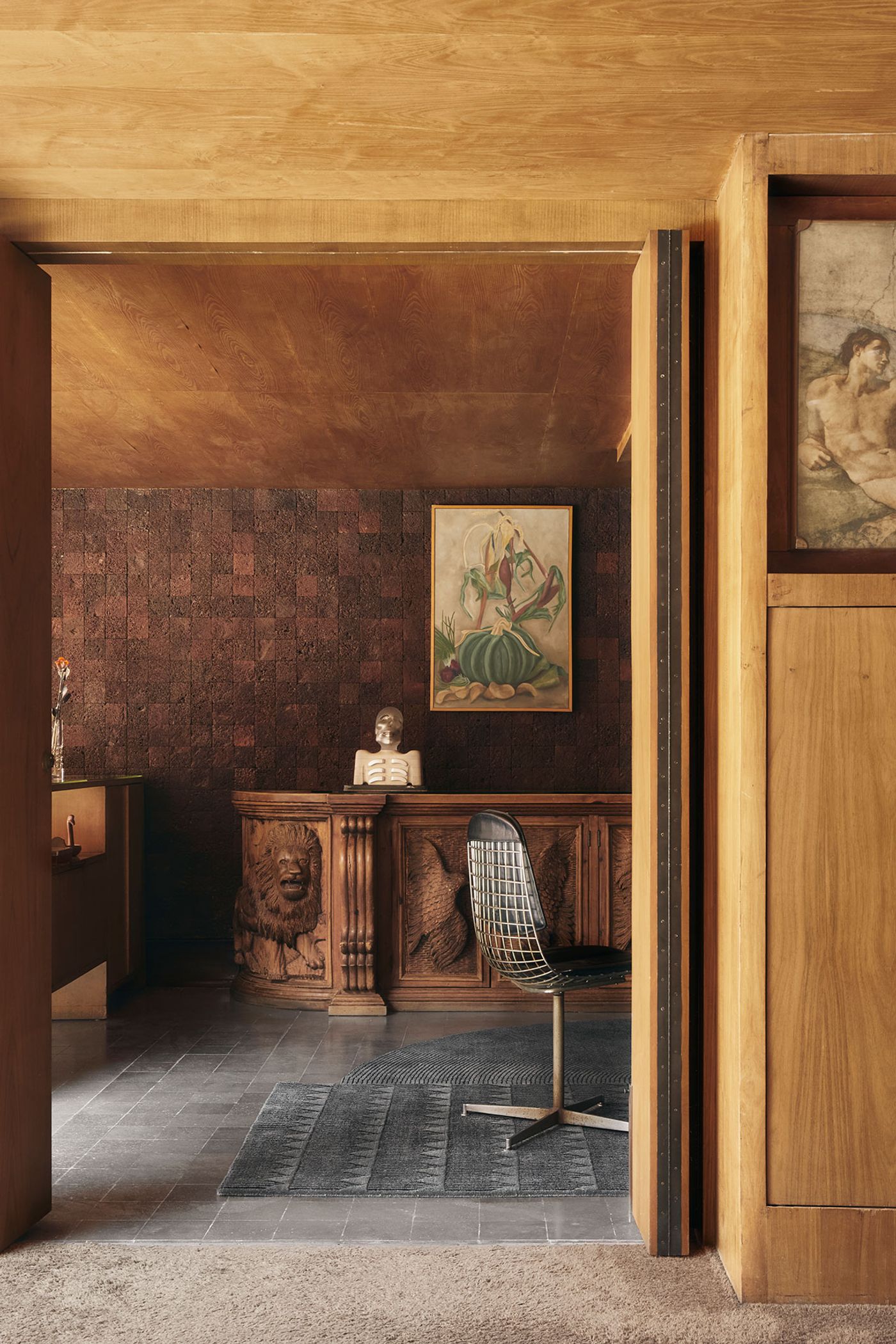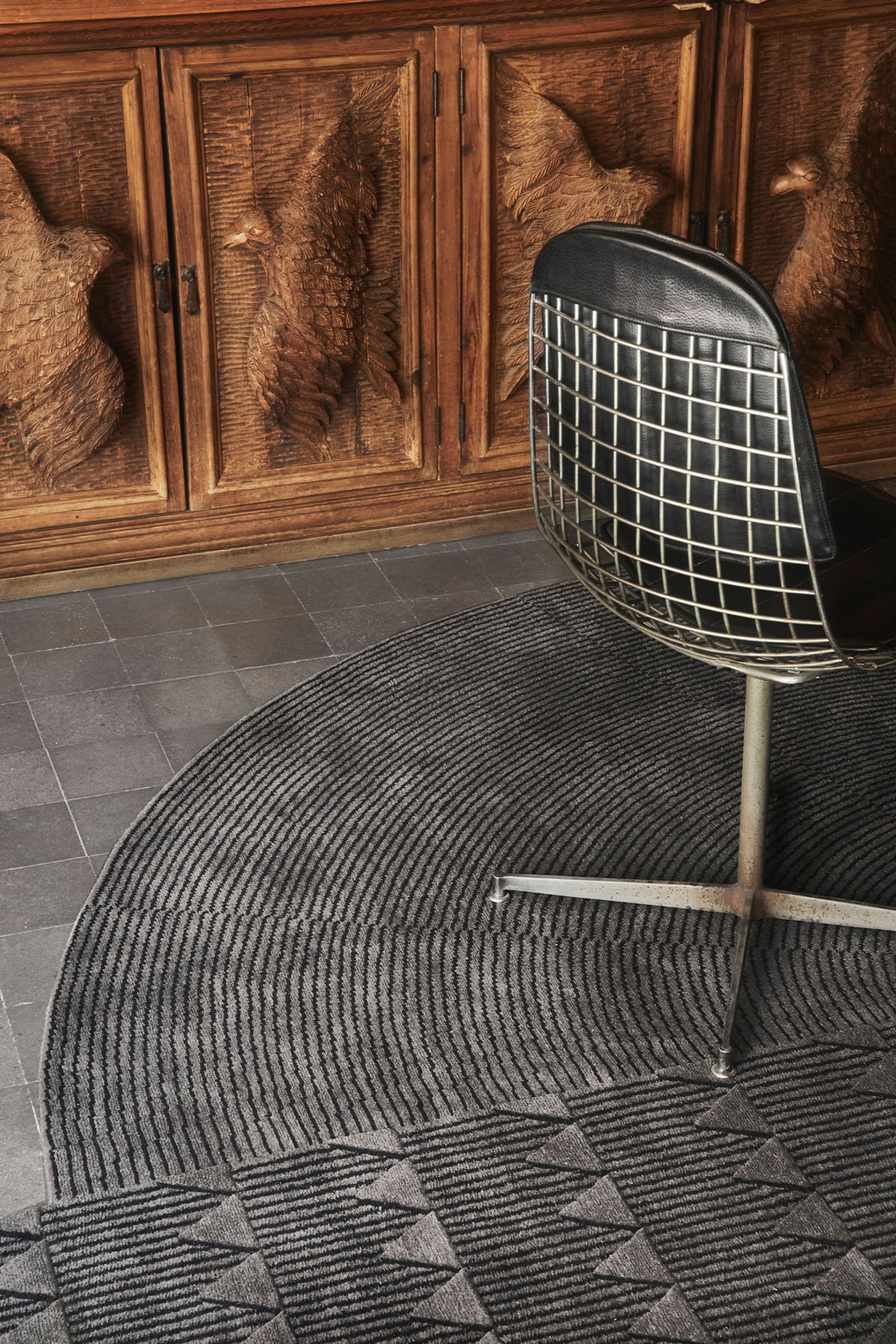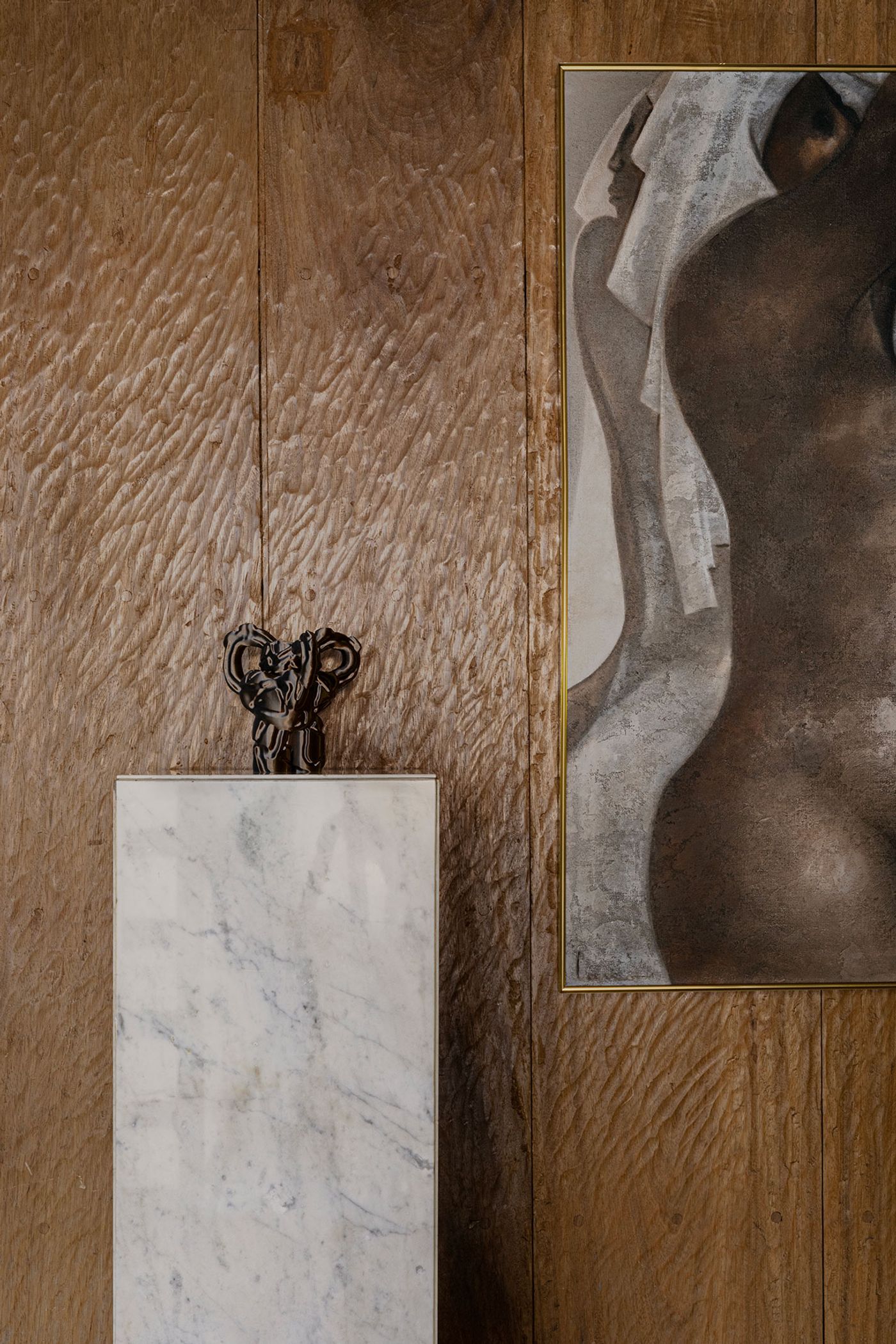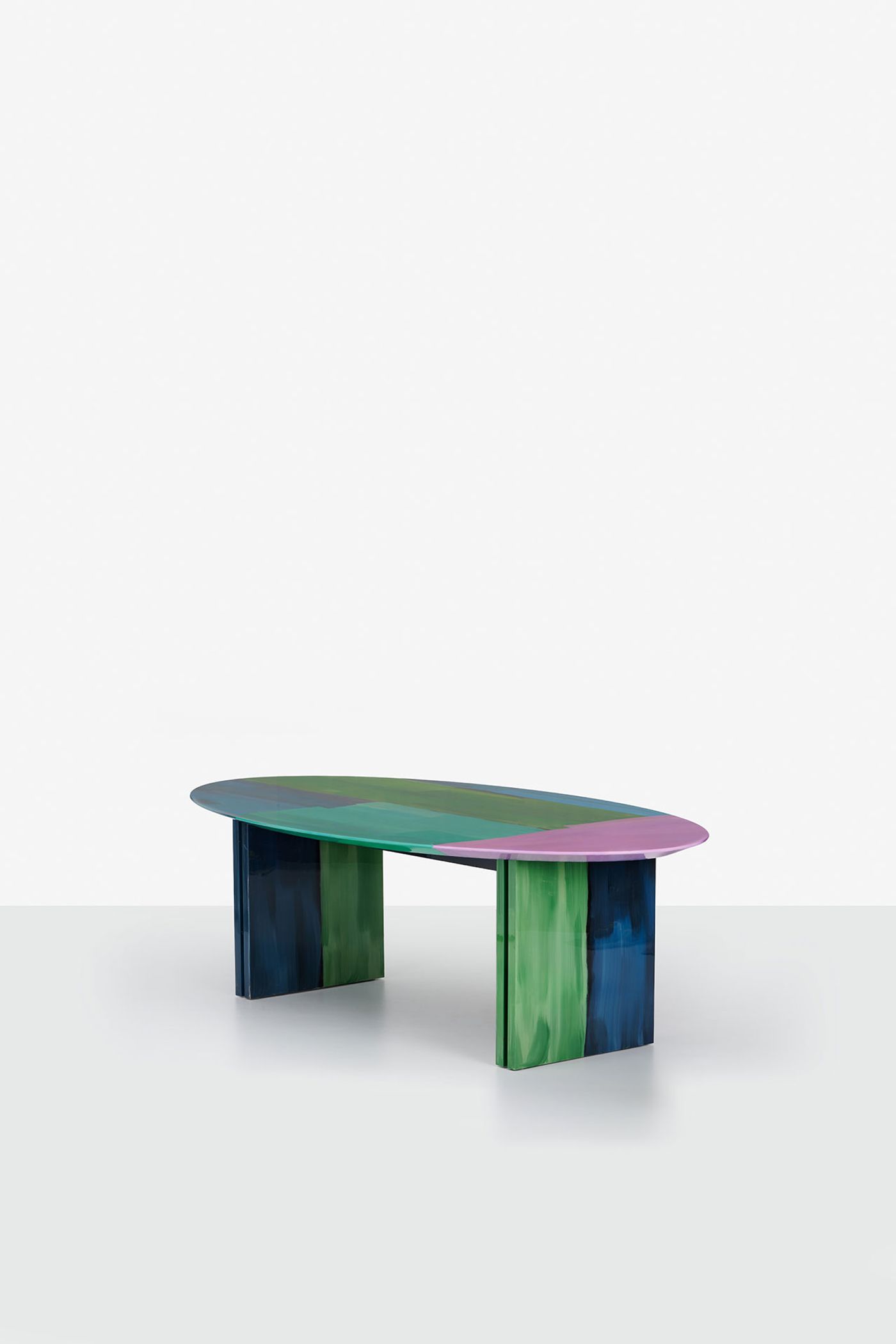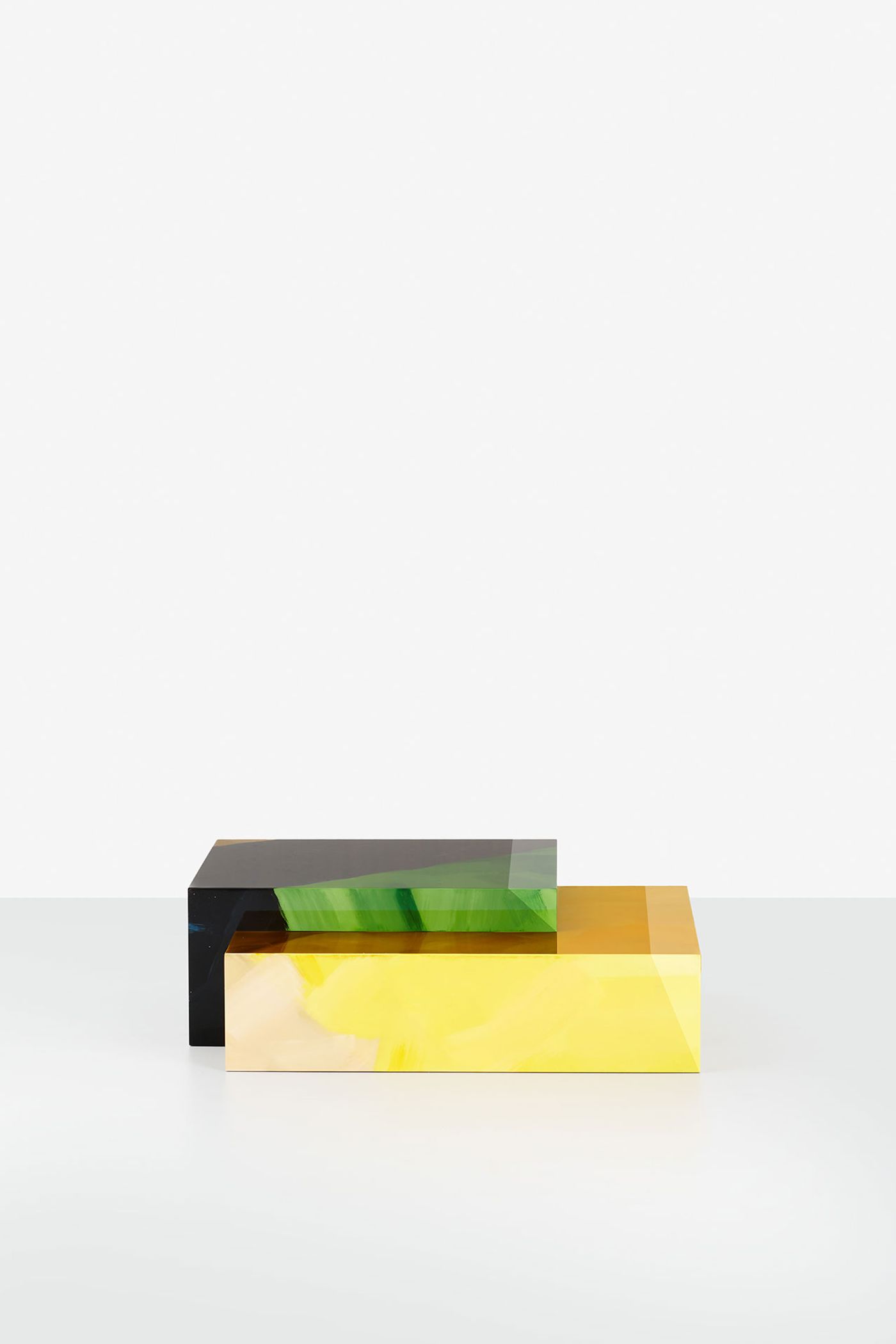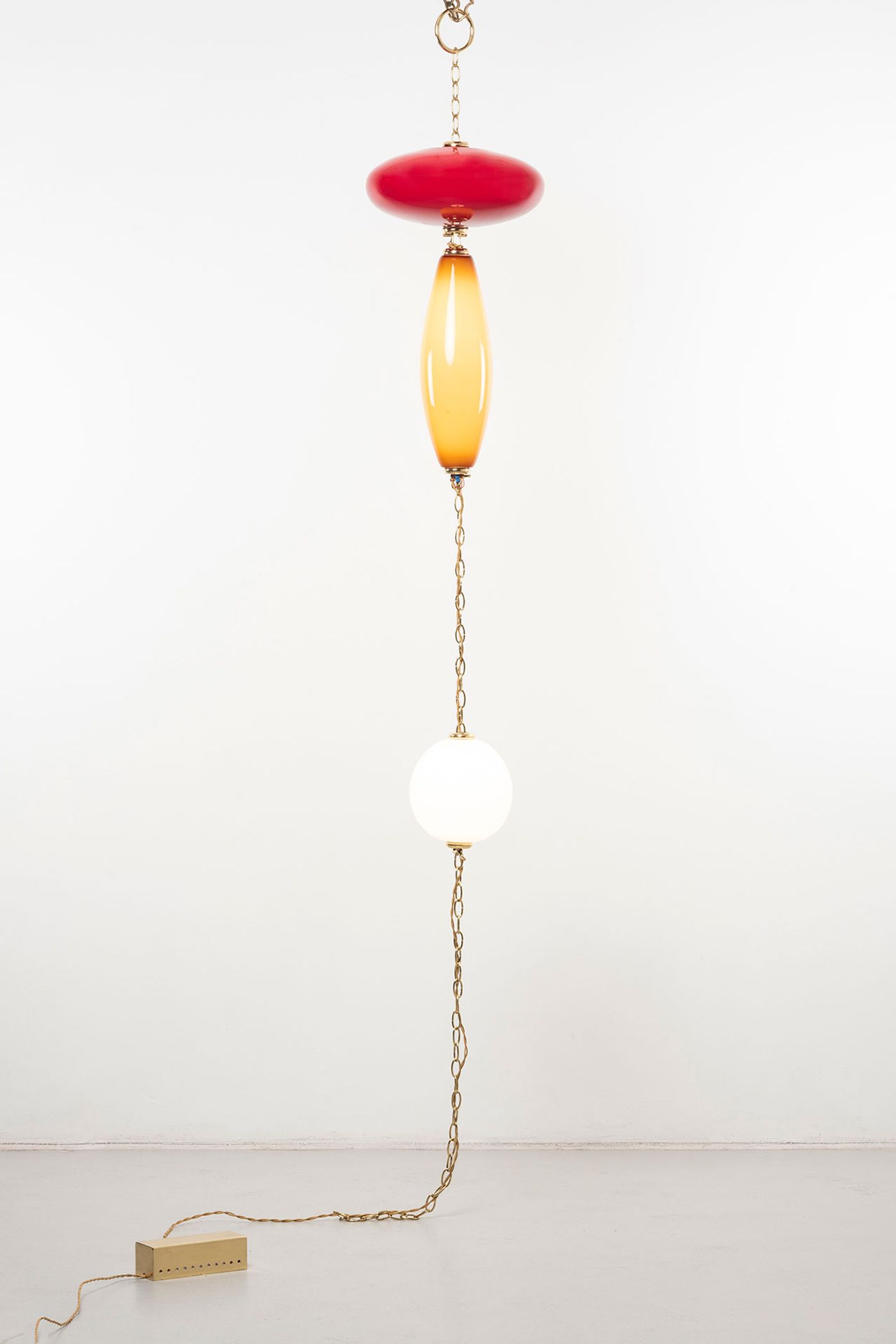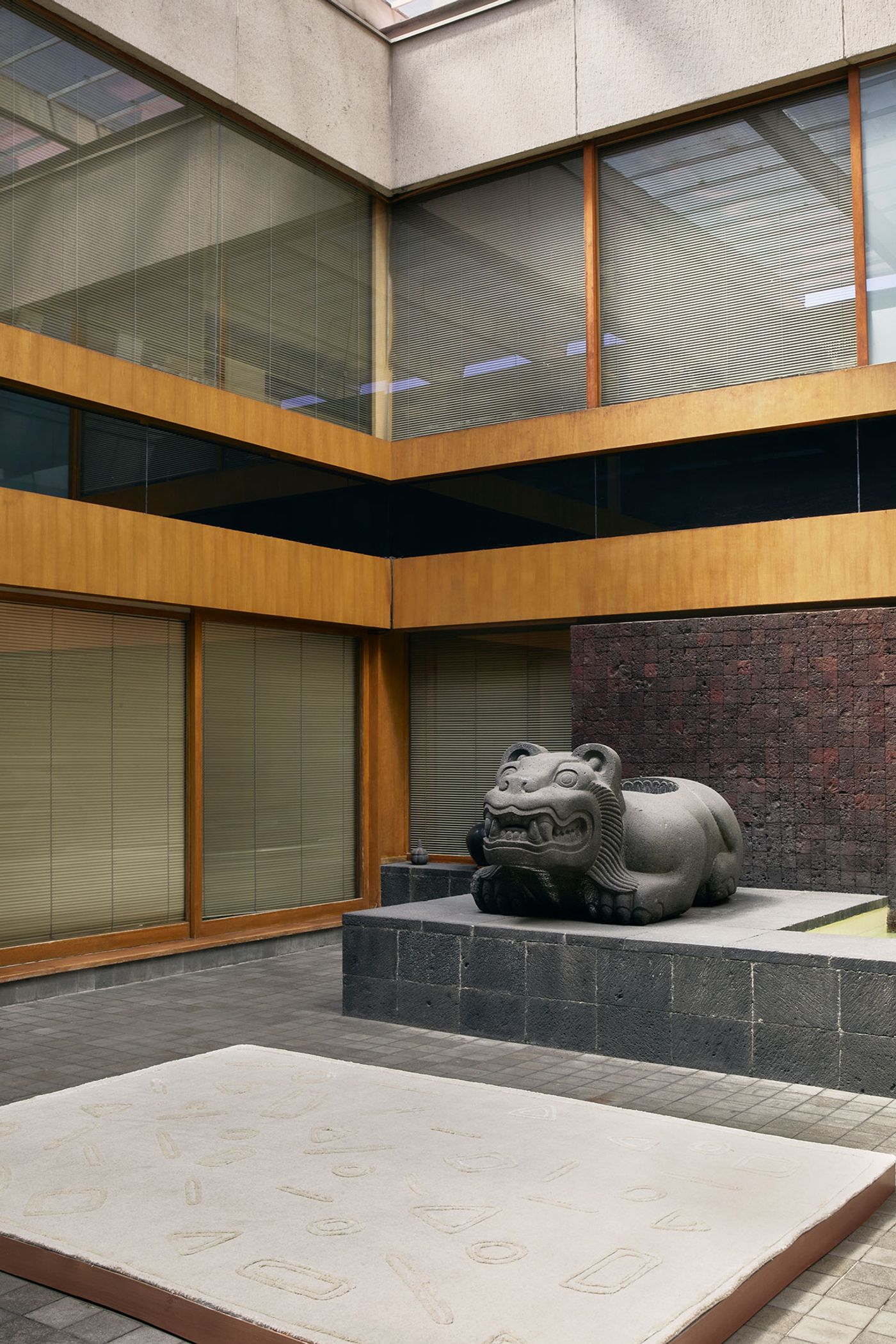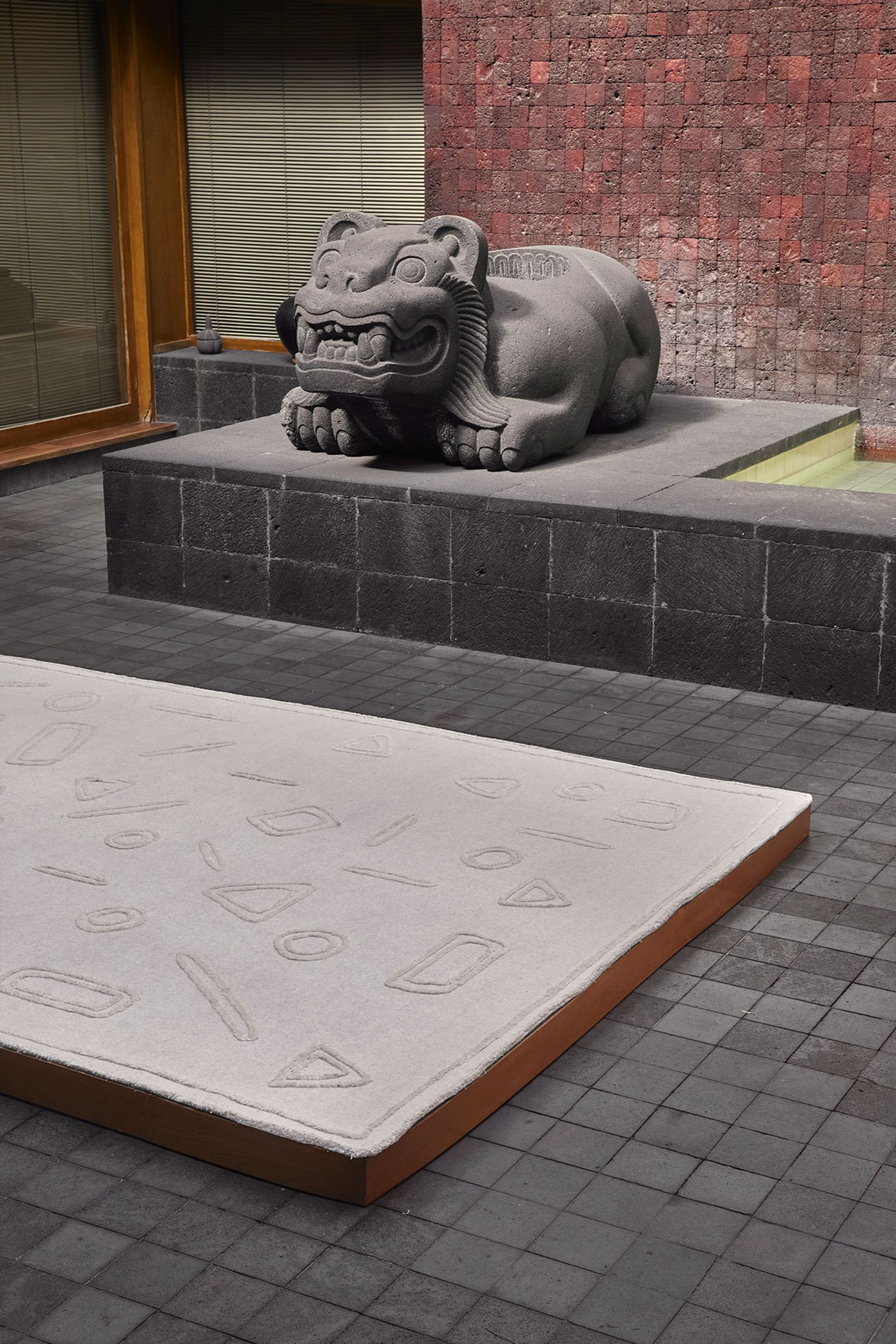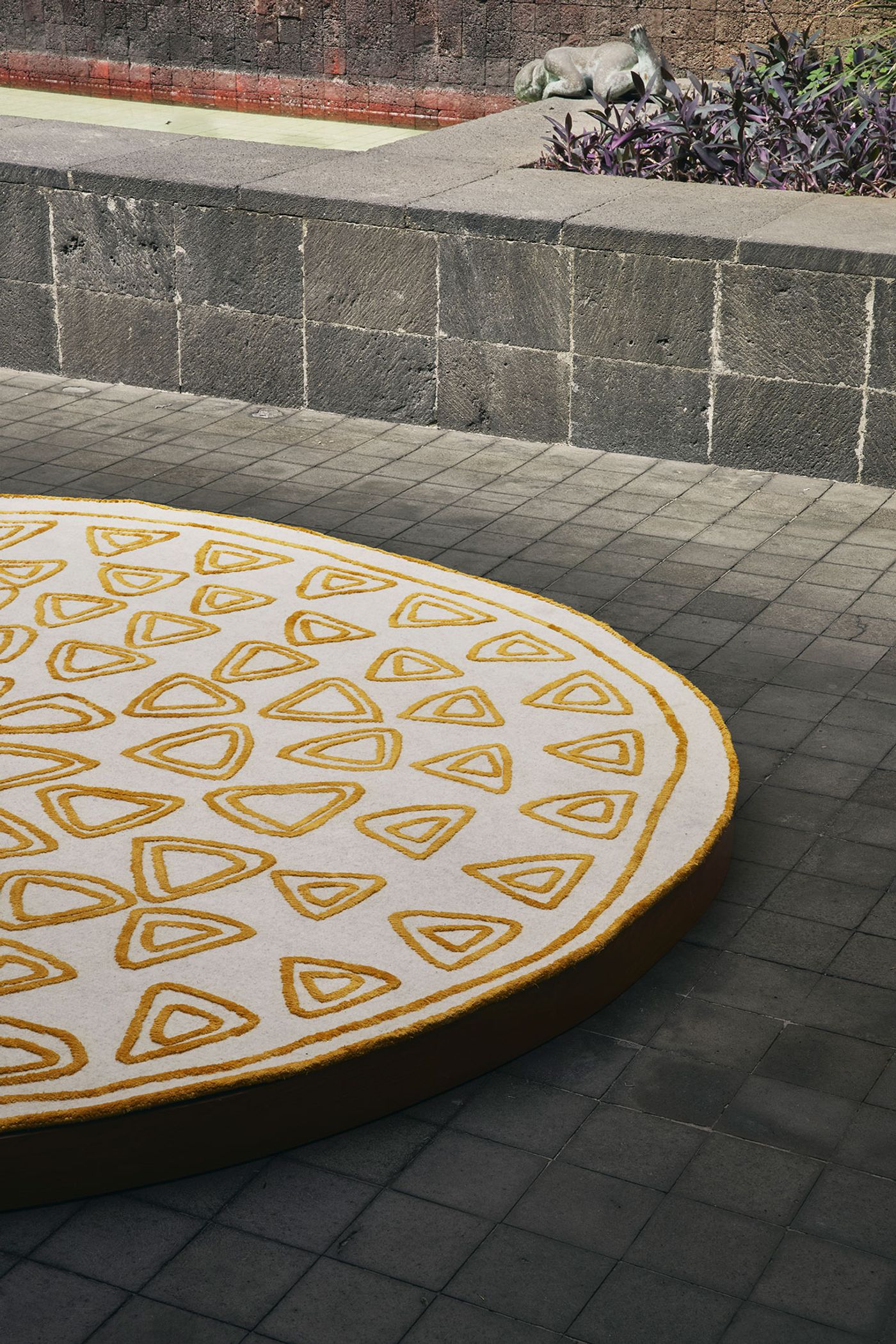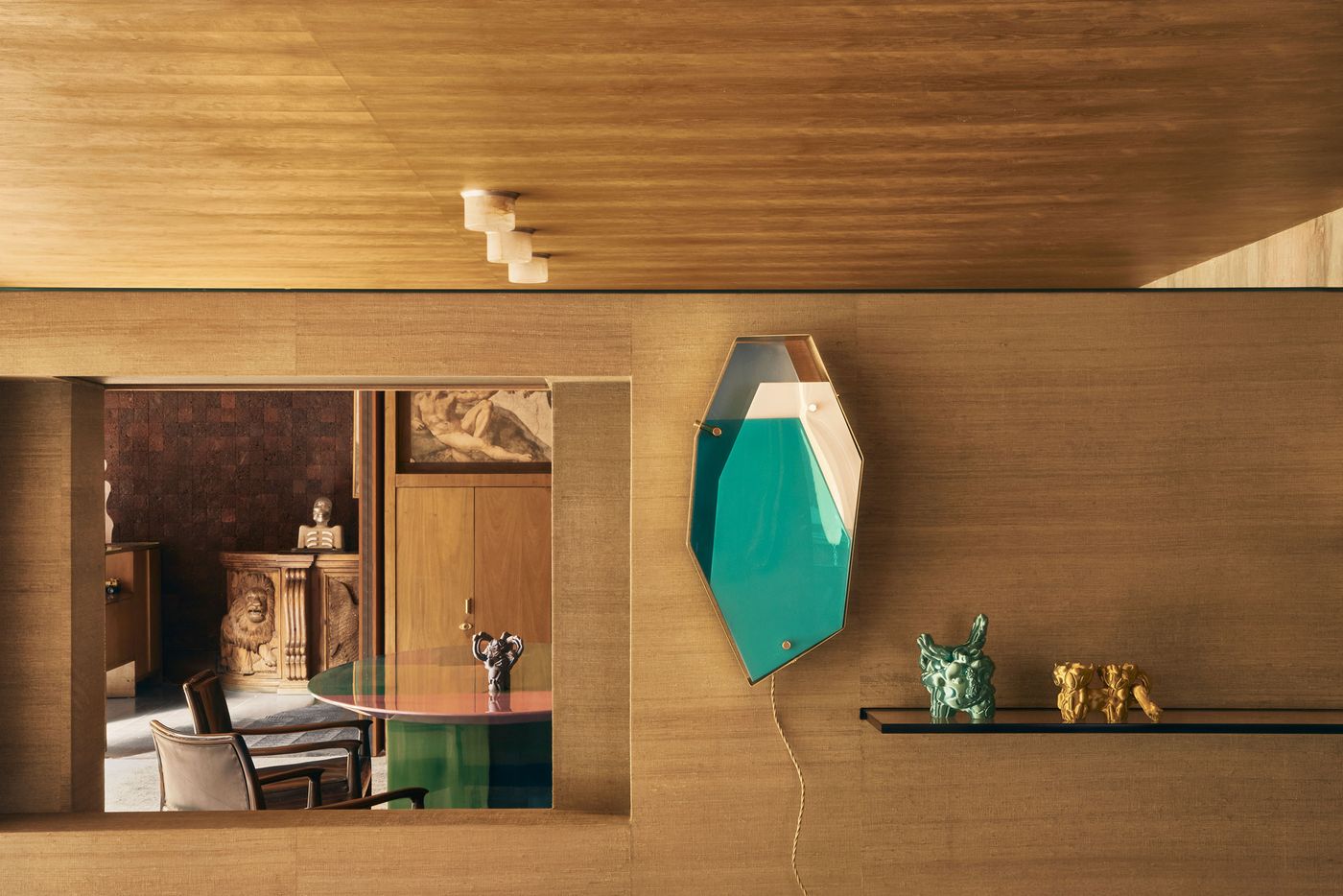
Nilufar's Open Edition Makes its Debut in Mexico City at Pedro Ramírez Vàzquez's Iconic Residence
Words by Yatzer
Location
México City, Mexico
Nilufar's Open Edition Makes its Debut in Mexico City at Pedro Ramírez Vàzquez's Iconic Residence
Words by Yatzer
México City, Mexico
México City, Mexico
Location
“Design, at its core, is a dialogue about society, the convergence of eras, routines and aspirations” says Milanese design gallery Nilufar’s founder Nina Yashar, so it’s only proper that in order to mark its collaboration with Mexican design retailer Studio 84, Nilufar took over the Mexico City residence of the late Mexican architect Pedro Ramírez Vàzquez, a modernist masterpiece designed and furnished by the architect himself in 1958. Organized in collaboration with rug company cc-tapis, the exhibition took place during Zona Maco 2024, Latin America's largest art fair, which showcased a selection of Nilufar’s Open Edition, a curated assortment of exquisitely crafted sofas, dining tables, carpets and lighting introduced in 2023. Displayed in what was essentially a lived-in home, the exhibition brought together diverse expressions from the worlds of design and architecture in what was essentially a lived-in home, “affirming”, as Yashar remarks, “that the timeline of design is endlessly unfolding, navigating an imprecise and concurrently precise path through time”.

Nilufar’s founder Nina Yashar at Casa Pedro Ramírez Vàzquez. Photography by Alejandro Ramirez Orozco.
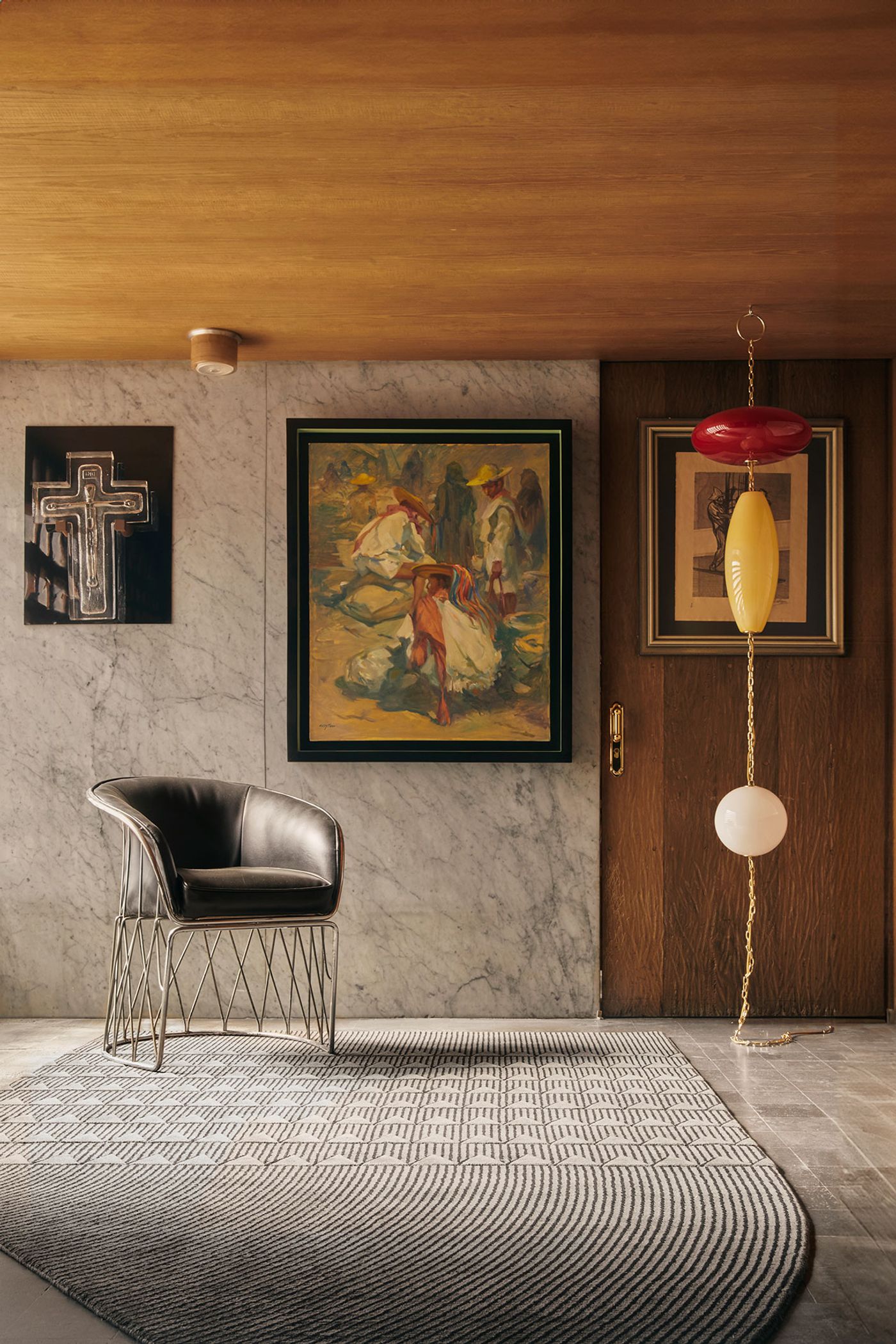
Photography by Alejandro Ramirez Orozco.
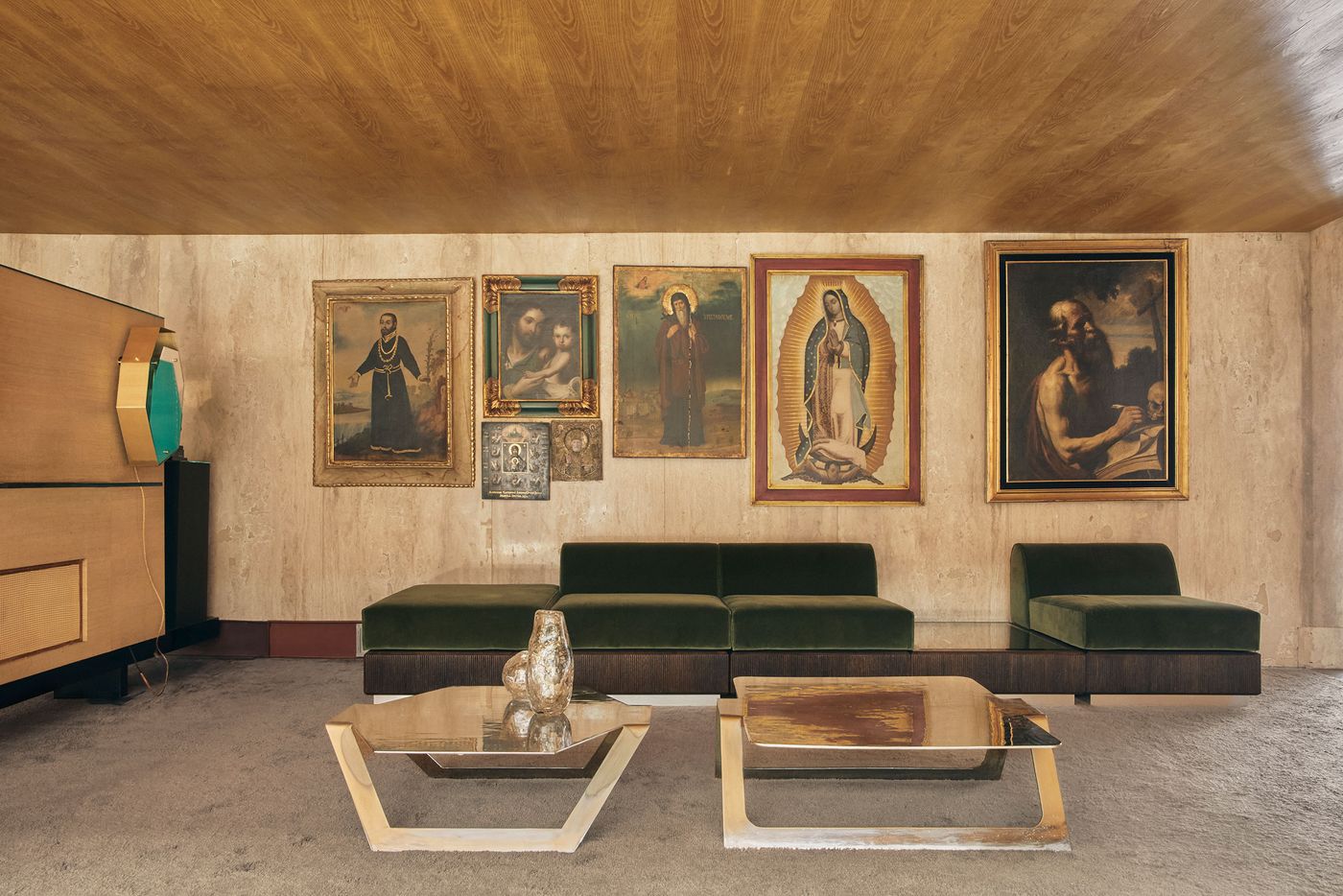
Photography by Alejandro Ramirez Orozco.
A key figure of Mexican architecture celebrated for his modernist style as much as for his efforts to preserve Mexico's cultural heritage, Ramírez Vázquez was a prolific architect. Part of a development project initiated by Luis Barragán in the residential district of El Pedregal de San Angel, his residence was his most personal project, functioning both as his own home and workspace for 55 years. Currently under the stewardship of his son, Javier who is also an architect, the house has remained unchanged since his father’s death in 2013, evocatively encapsulating the Modernist master’s design ethos and artistic sensibilities.
In what was originally a one-storey structure, with a second floor added in 1978, the house centres around a rectangular courtyard. Initially exposed to the elements in the style of traditional colonial homes, the courtyard was subsequently enclosed with a glass roof to shield its features, including a prominent Aztec jaguar sculpture – an exact replica of the sculpture that resides in the National Museum of Anthropology. Volcanic stone floor and wall tiling connect the courtyard with the house’s interior where they are complemented by oak latticework (the architect’s signature motif), wood paneling and beige carpeting.

Photography by Guido Taroni for The World Of Interiors.
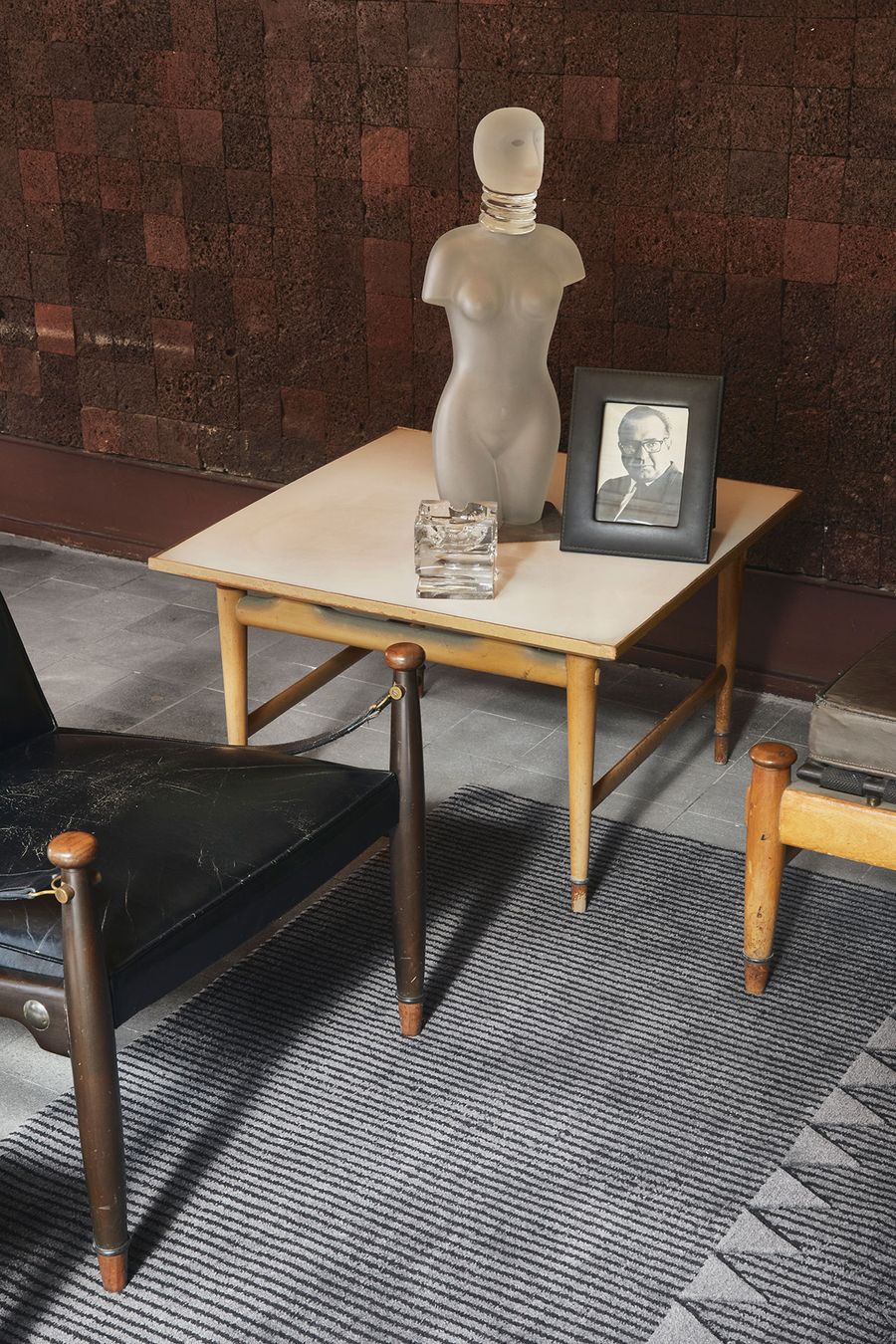
Photography by Alejandro Ramirez Orozco.
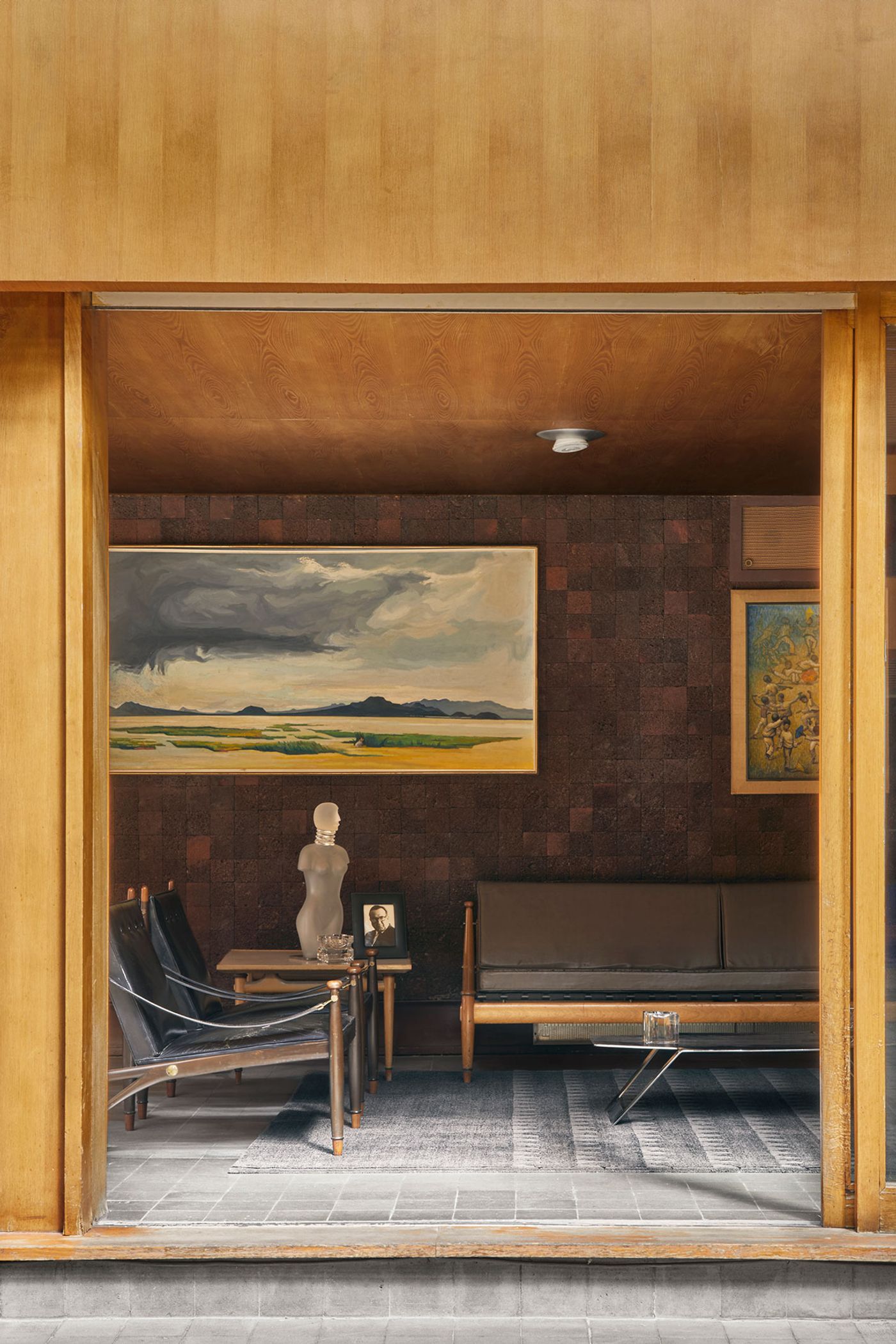
Photography by Alejandro Ramirez Orozco.
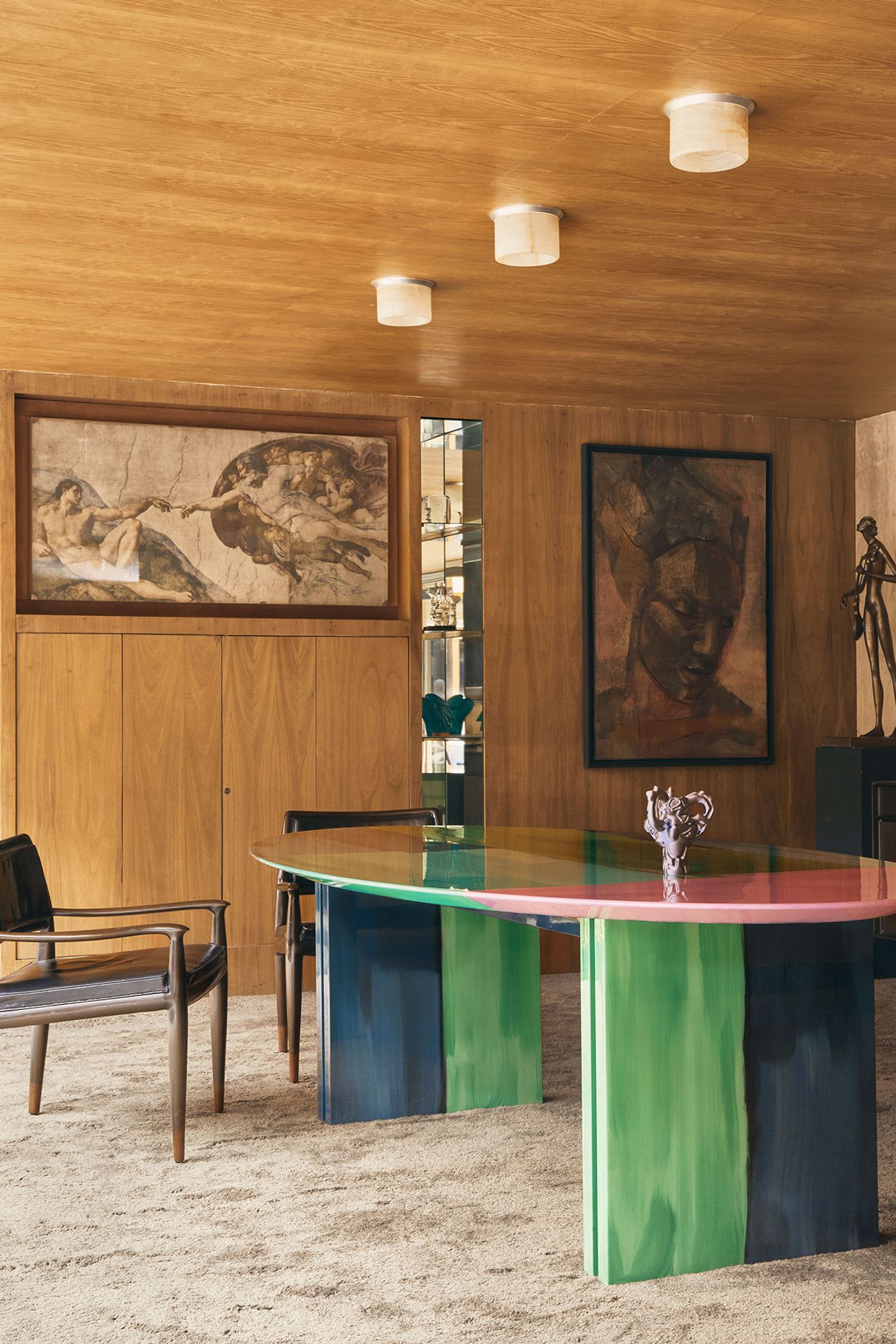
Photography by Alejandro Ramirez Orozco.
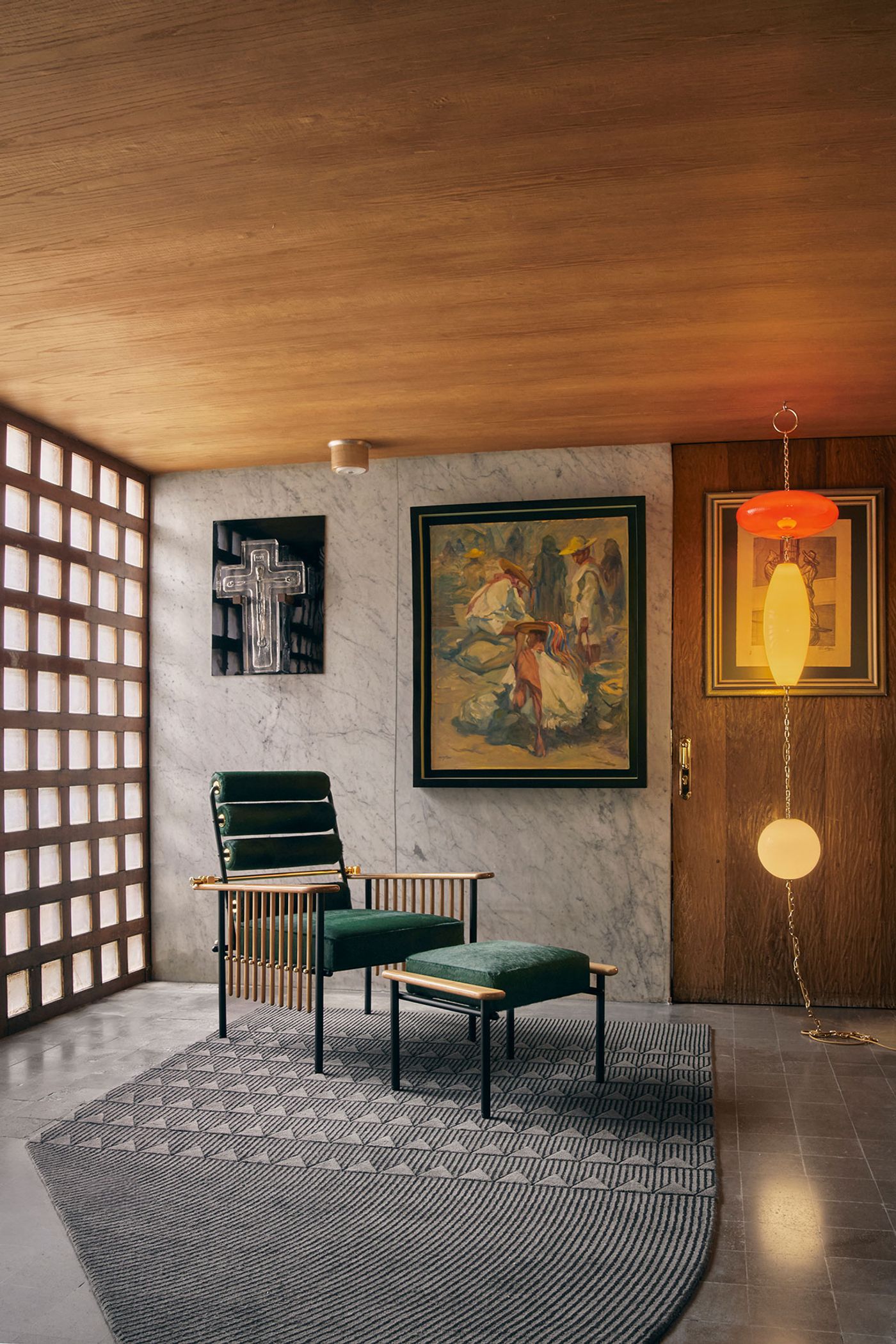
Photography by Alejandro Ramirez Orozco.
The exhibition took over the wood-paneled drawing and dining rooms, and the less formal family living and breakfast spaces, where the contemporary pieces from both cc-tapis and Nilufar’s Open Edition were thoughtfully arranged in conversation with the house’s mid-century modern furniture, mostly designed by Ramírez Vázquez himself, along with the late architect’s vast collection of antique documents, books, architectural plans, photographs, artwork and 1968 Olympics memorabilia.
The Open Edition pieces on display included the ‘Necklace’ ceiling glass lamp by London-based design studio Analogia Project and the ‘Piero’ wall lamp by Copenhagen-based designer Vibeke Fonnesberg Schmidt, the former taking a page from ancient jewelry making with the later channeling 1960s Italian design and German Bauhaus modernism. While different in style, both lamps explored the interplay of colours, materials and form, as was the case with Milan-based designer Filippo Carandini’s ‘Tenet’ and ‘Mensa’ tables. Part of the New Pompeii furniture series, Carandini’s wooden tables are entirely hand-painted with acrylic colours through a multiple layering process topped off with a high-gloss finish.

Photography by Guido Taroni for The World Of Interiors.
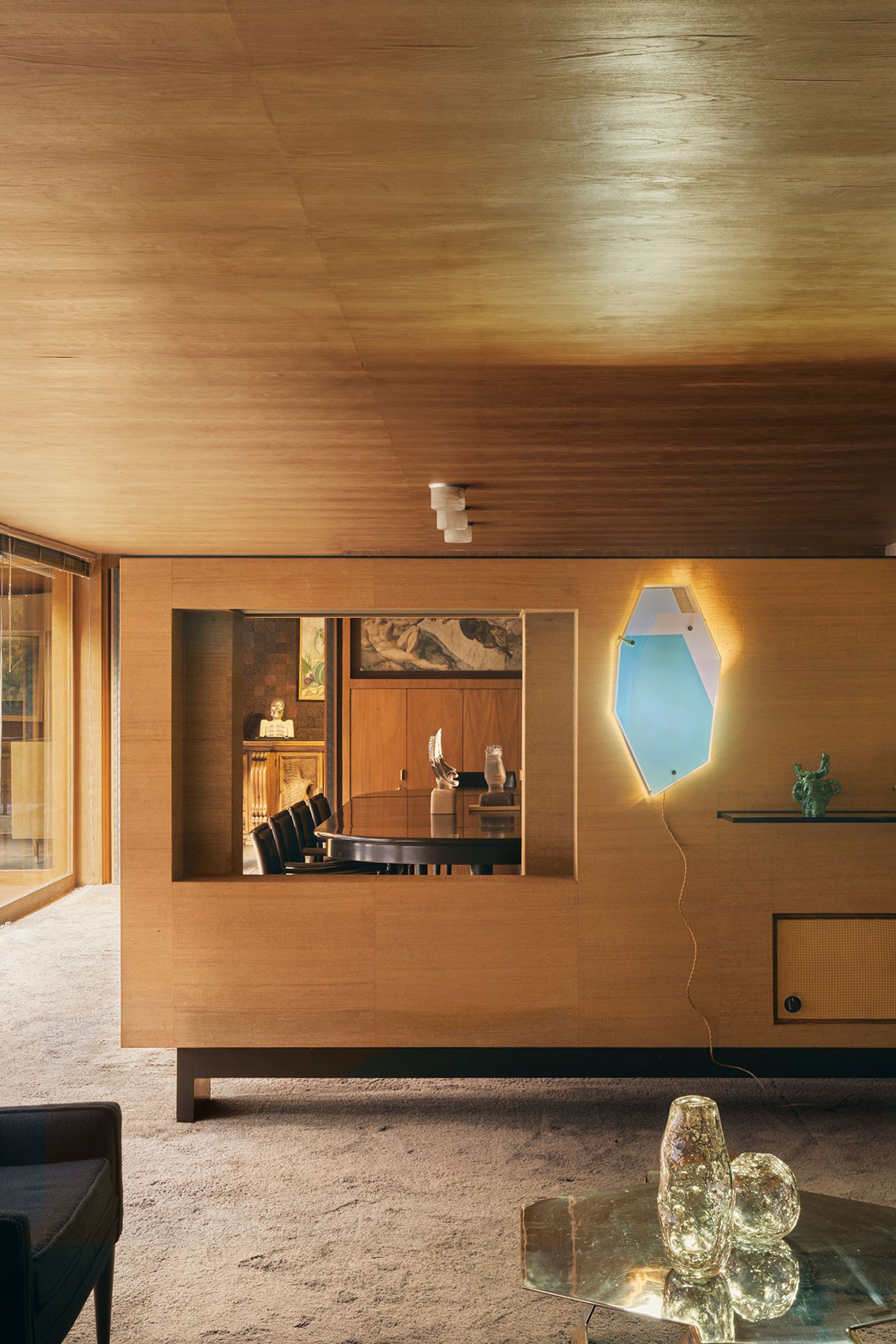
Photography by Alejandro Ramirez Orozco.
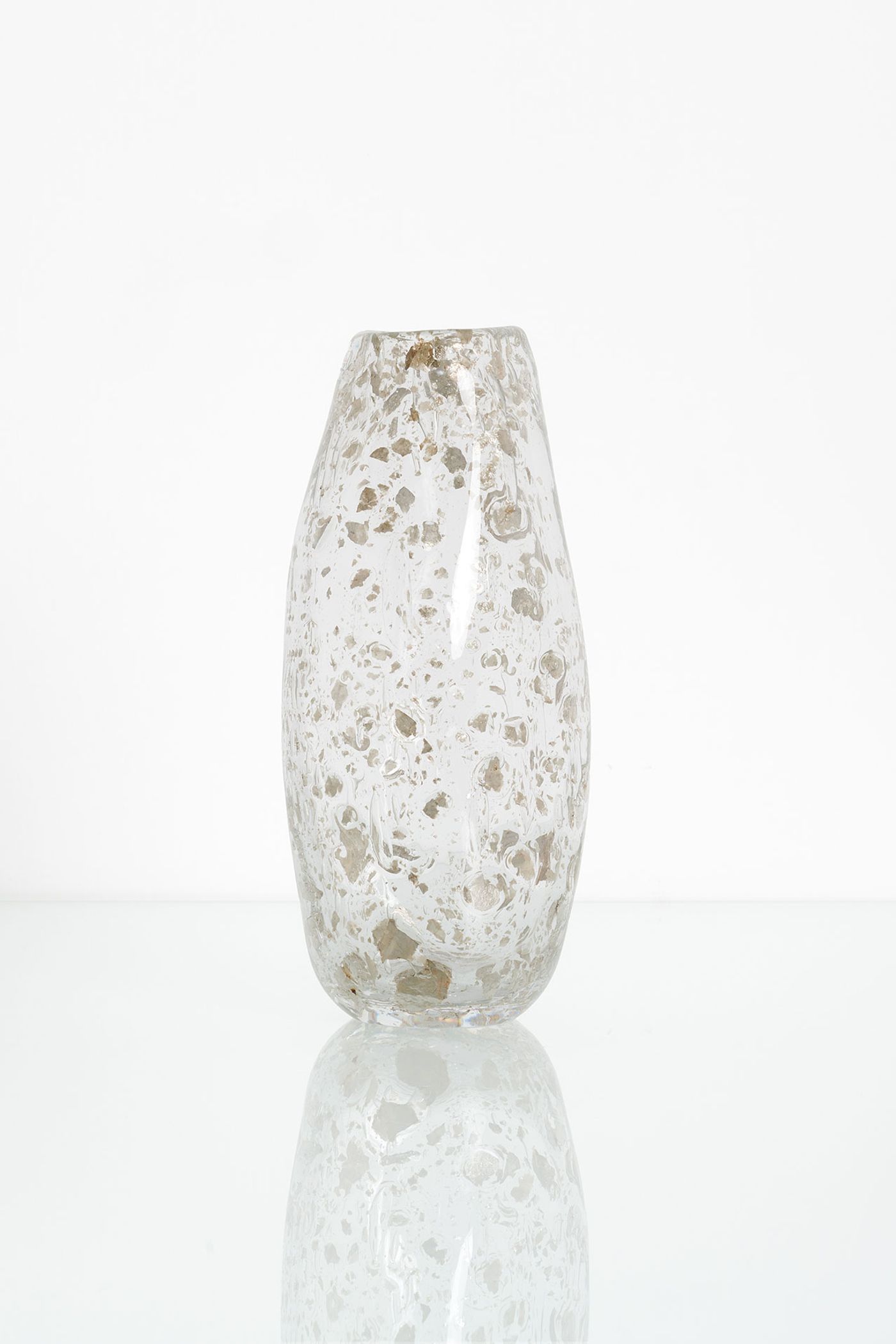
Vase Levitation Alchemia by Sophie Dries. Photography by Filippo Pincolini.
Αlso on display were Paris-based Sophie Dries’ Alchemia vases, which are handcrafted by traditional glass masters in Murano by encasing various minerals into glass, as well as a selection of modular low-seating sofas, armchairs and coffee tables by Lebanese design duo David/Nicolas inspired by Middle Eastern residences where spacious living rooms are the social hub of the home. David/Nicolas’ sophisticated sense of cross-cultural experimentation was further underlined with their new Naif series of rugs for cc-tapis and Chaise Maurice, a retro-futuristic armchair and ottoman based on a classic seating solution seen in elegant Lebanese residences of the past.

Modular Orient Sofa by David/Nicolas. Photography by Filippo Pincolini.
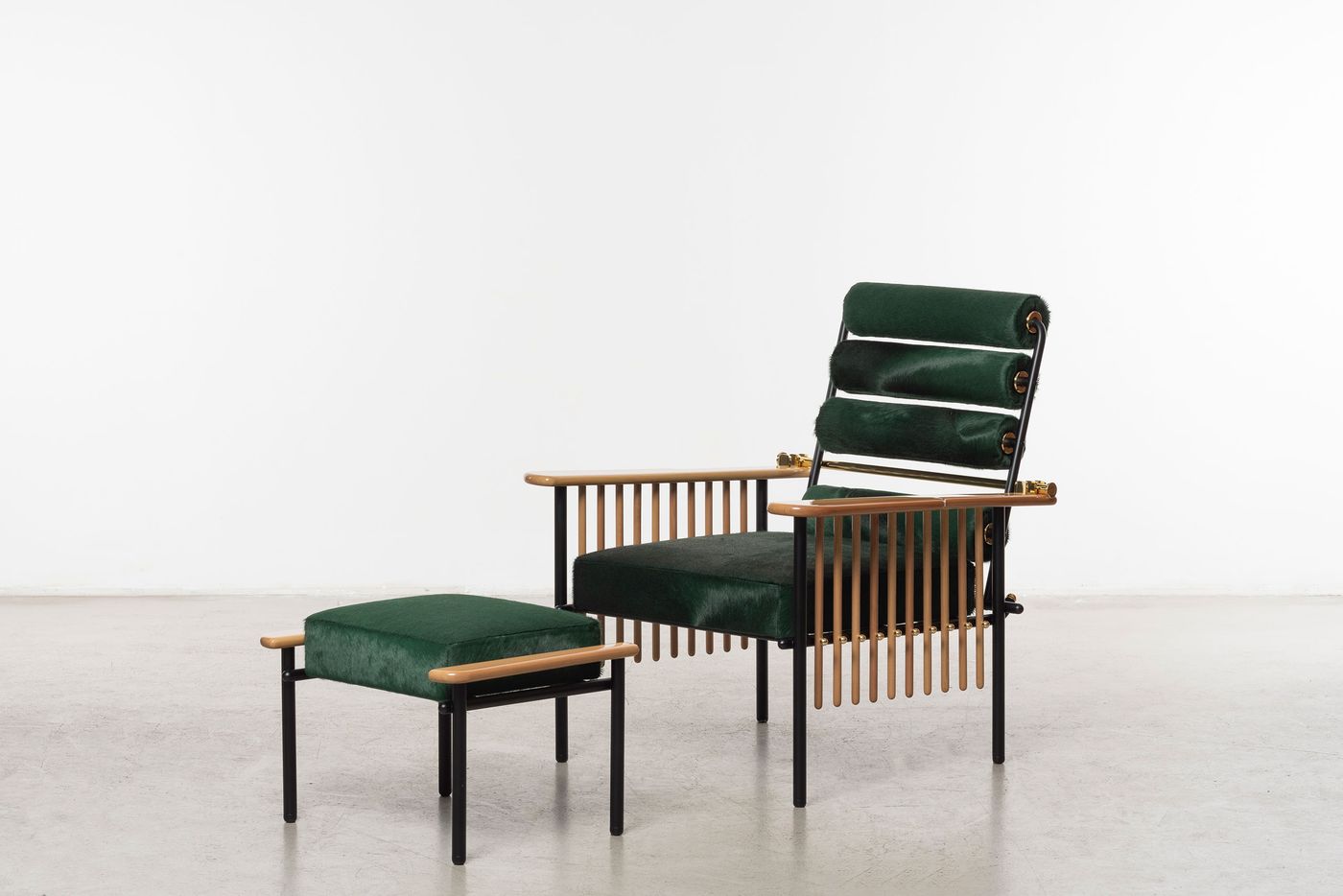
Maurice Armchair Chaise by David/Nicolas. Photography by Filippo Pincolini.

David Raffoul and Nicolas Moussallem, co-founders of David/Nicolas; Nina Yashar, Nilufar’s founder; Daniele Lora, Art Director of cc-tapis. Photography by Alejandro Ramirez Orozco.
